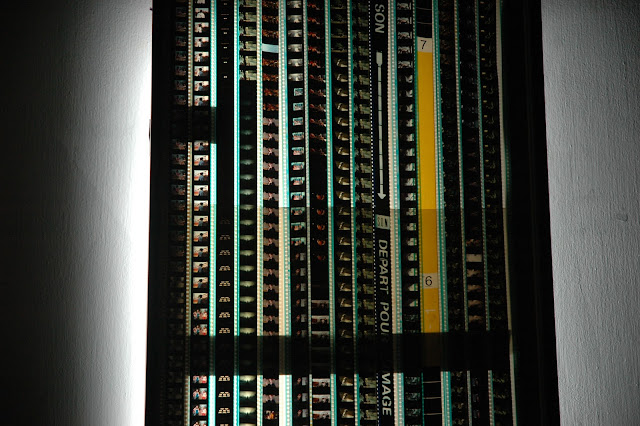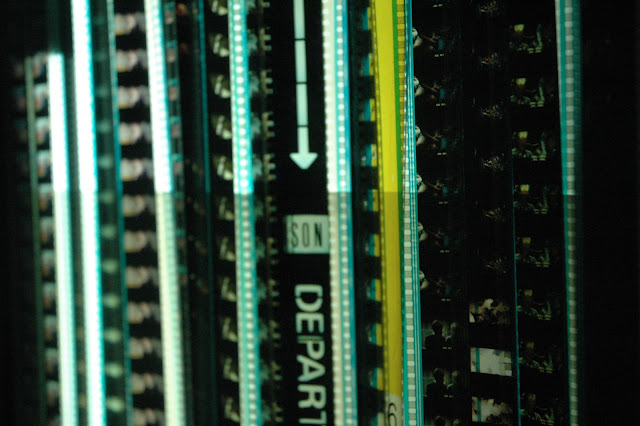פריז, 2012 גדי שמעון Paris, 2012 Gadi Shimon
Émile Gallé (Nancy, 8 May 1846 – Nancy, 23 September 1904) was a French artist who worked in glass, and is considered to be one of the major forces in the French Art Nouveau movement.
Within a decade of another successful showing at the Paris Exhibition of 1889, Gallé had reached international fame and his style, with its emphasis on naturalism and floral motifs, was at the forefront of the emerging Art Nouveau movement.[2]
He continued to incorporate experimental techniques into his work, such as metallic foils and air bubbles, and also revitalized the glass industry by establishing a workshop to mass produce his, and other artists', designs. The factory would employ 300 workers and artisans at its height, including the notable glassmaker Eugène Rosseau, and remained in operation until 1936.
Gallé wrote a book on art entitled Écrits pour l'art 1884-89 ("Writings on Art 1884-89"), which was published posthumously in 1908.[3]
What is less well-known is Gallé's social engagement. He was a convinced humanist, and was involved in organizing evening schools for the working class (l’Université populaire de Nancy). He was treasurer of the Nancy branch of the Ligue Française pour la Défense des Droits de l’Homme and in 1898, at great risk for his business, one of the first to become actively involved in the defence of Alfred Dreyfus. He also publicly defended the Romanian Jews and spoke up in defence of the Irish Catholics against Britain, supporting William O’Brien, one of the leaders of the Irish revolt.[4] In 1901 he founded École de Nancy, (Alliance Provinciale des Industries d'art) an Art Nouveau movement with, Victor Prouvé, Louis Majorelle, Antonin Daum and Eugène Vallin in the city of Nancy in Lorraine (France). Many of Gallé works are kept at the Musée de l'École de Nancy.
 Media related to Émile Gallé at Wikimedia Commons
Media related to Émile Gallé at Wikimedia Commons  Quotations related to Émile Gallé at Wikiquote
Quotations related to Émile Gallé at Wikiquote
From Wikipedia, the free encyclopedia
[edit] Biography
Gallé was the son of a faience and furniture manufacturer and studied philosophy, botany, and drawing in his youth. He later learned glassmaking at Meisenthal and came to work at his father's factory in Nancy following the Franco-Prussian War. His early work was executed using clear glass decorated with enamel, but he soon turned to an original style featuring heavy, opaque glass carved or etched with plant motifs, often in two or more colours as cameo glass. His friend and patron Robert de Montesquiou sent him to Bayreuth with a recommendation to Cosima Wagner, which led to a great enthusiasm for Parsifal.[1] His career took off after his work received praise at the Paris Exhibition of 1878.Within a decade of another successful showing at the Paris Exhibition of 1889, Gallé had reached international fame and his style, with its emphasis on naturalism and floral motifs, was at the forefront of the emerging Art Nouveau movement.[2]
He continued to incorporate experimental techniques into his work, such as metallic foils and air bubbles, and also revitalized the glass industry by establishing a workshop to mass produce his, and other artists', designs. The factory would employ 300 workers and artisans at its height, including the notable glassmaker Eugène Rosseau, and remained in operation until 1936.
Gallé wrote a book on art entitled Écrits pour l'art 1884-89 ("Writings on Art 1884-89"), which was published posthumously in 1908.[3]
What is less well-known is Gallé's social engagement. He was a convinced humanist, and was involved in organizing evening schools for the working class (l’Université populaire de Nancy). He was treasurer of the Nancy branch of the Ligue Française pour la Défense des Droits de l’Homme and in 1898, at great risk for his business, one of the first to become actively involved in the defence of Alfred Dreyfus. He also publicly defended the Romanian Jews and spoke up in defence of the Irish Catholics against Britain, supporting William O’Brien, one of the leaders of the Irish revolt.[4] In 1901 he founded École de Nancy, (Alliance Provinciale des Industries d'art) an Art Nouveau movement with, Victor Prouvé, Louis Majorelle, Antonin Daum and Eugène Vallin in the city of Nancy in Lorraine (France). Many of Gallé works are kept at the Musée de l'École de Nancy.
[edit] References
- ^ Jullian, Philippe, Prince Of Aesthetes: Count Robert de Montesquiou (1855-1921), Viking Press, 1968.
- ^ William Warmus. Emile Galle: Dreams into Glass. Corning: The Corning Museum of Glass, 1984. Exhibition catalog, which includes several pages of translations into English of Galle's "Ecrits pour l"art" (pp.181-9)
- ^ Ecrits pour l'art ed Henrietta Galle Paris 1908/Marseille 1980
- ^ Emile Gallé : maître de l'art nouveau, François Le Tacon; prologue by Henri Claude. 2004 - ISBN 2-7165-0620-5.











































